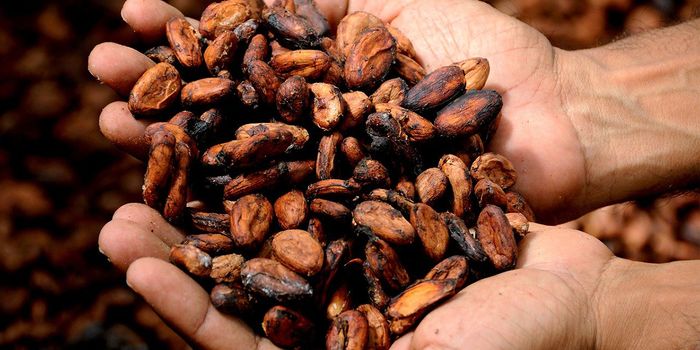History of Cannabis
The video above explains a brief overview on the history of cannabis and how the federal government, the states, and the general public have all made an impact in the creation of this history.
Between 1916 and 1931, 29 U.S. states outlawed marijuana, with no evidence to support doing so. From this time until the late 1960s, federal and state governments increased punishments related to possession, consumption, or distribution of marijuana. During the 1970's, states began to lessen the penalties related to marijuana, however, at the federal level nothing changed. Scott Martin, Professor of History and American Culture Studies wrote in TIME, "Congress passed the Controlled Substance Act in 1970, which established categories, or schedules, into which individual drugs were placed depending on their perceived medical usefulness and potential for abuse. Schedule 1, the most restrictive category, contained drugs that the federal government deemed as having no valid medical use and a high potential for abuse." The Federal government saw no medical use or benefits for cannabis, classifying it as a Schedule one drug.
The change for restrictions on cannabis began at the state level with activism and ballot initiatives from citizens. In the 1990's, five states and Washington D.C. passed Medical Marijuana laws. Following in the 2000s, it went up to eight states having passed medical marijuana laws. Many states also choose to decriminalize marijuana rather than legalize it. Lessoning the punishment for cannabis charges in some states was a step in the right direction. In the 2000 presidential election, 31% of the U.S. population thought weed should be legalized, while 63% still thought it should be illegal.
Even though states were approving medical marijuana laws, the federal government would not reclassify cannabis. Setting the state and the federal government on a collision course. Under the Bush administration, the DEA (Drug Enforcement Administration) began to target marijuana dispensaries and enforcing the federal ban.

In 2009, the Justice Department issued a memo called the OGDEN, saying that the government wouldn't interfere with businesses operating legally under state law. They would not prosecute people who distribute or use medical marijuana.
In 2010, a huge stepping stone was reached with the legalization of recreational marijuana. However, it took another two years before the first state would legalize marijuana for recreational use. This milestone was followed by a federal shut down on dispensaries in 2011, even in the states where marijuana had been legalized. This negative event did not stop the public from continuing to push for more legalization.
In 2012, 52% of Americans favored the legal use of marijuana, leading Colorado to be the first state to legalize it for recreational use. In 2014, you could start to see the impact this was having on the states. Millions were spent on new products and millions were made in tax revenue from dispensaries. Not all lead to positive outcomes, reports of overdoses in children started to raise concern. With new laws, also lead to new education and information for the public on how to make sure children and pets were kept safe from marijuana products.
With recreation marijuana legal in nine states and medical marijuana legal in 30 states in 2018, more and more politicians are pushing to have a permanent change in the federal government policy. A recent poll showed that 64% of Americans are in favor of legalization now. With all these changes throughout the years, many medical associations want marijuana removed from the Schedule one classification to allow the research on marijuana to be permitted, and possibly make more history for the U.S.








